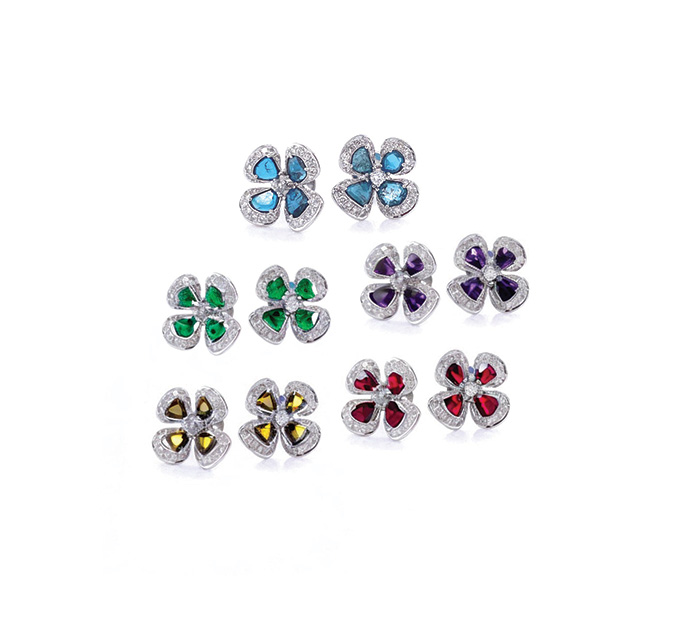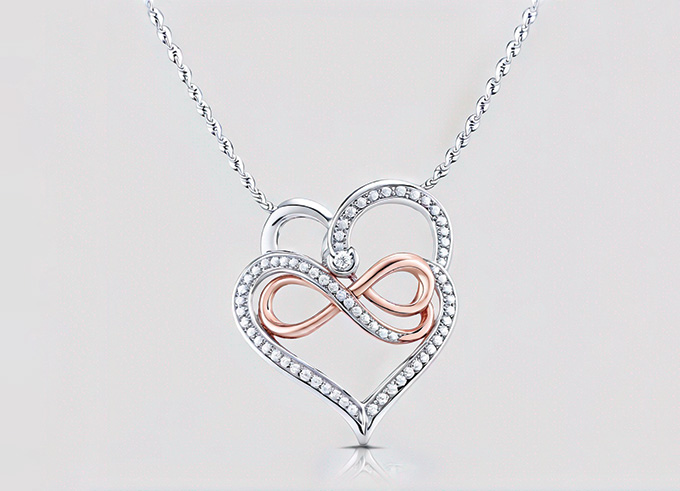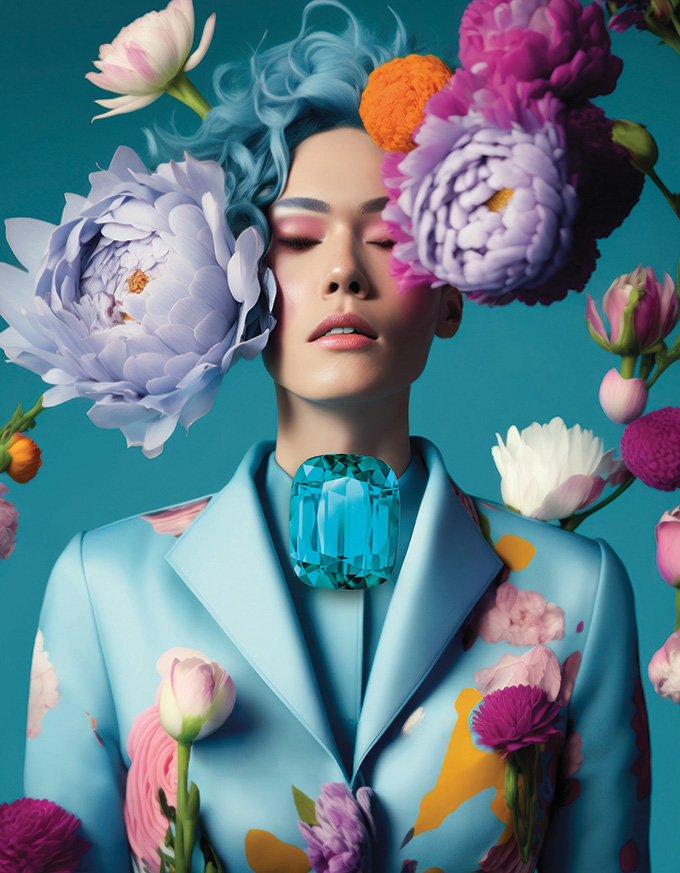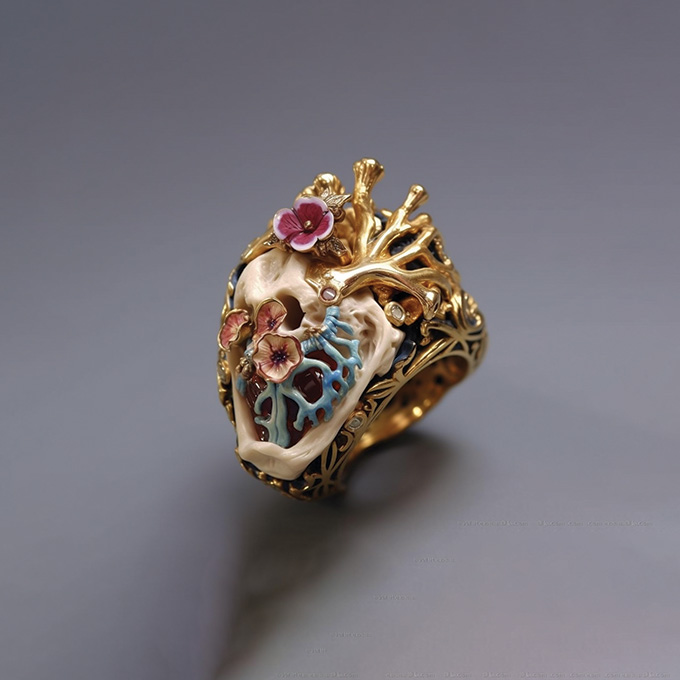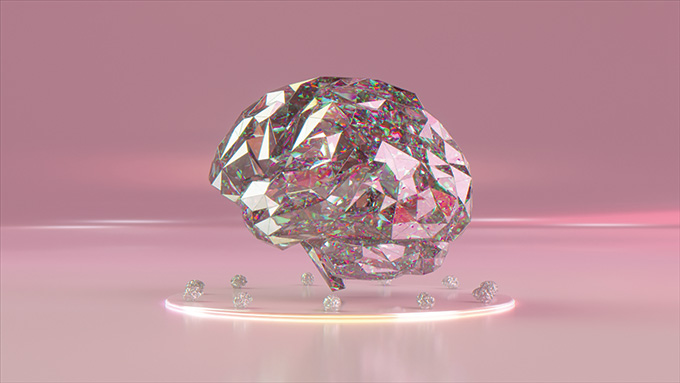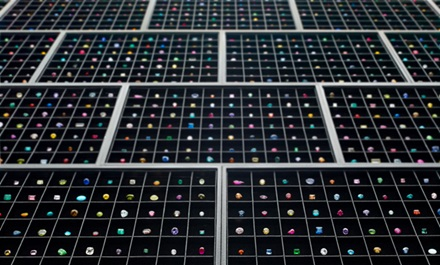Artificial intelligence is proving a useful tool in many sectors of the gem and jewellery trade, with much potential waiting to be tapped. The technology is however neither all-encompassing nor foolproof and must be utilised with care and due diligence.
This article first appeared in the JNA July/August 2024 issue.
Artificial intelligence (AI) is making its presence felt in the gem and jewellery industry, with various applications at the ready to enhance grading, design, sales, marketing and operational efforts.
Gemmological laboratories and technology solutions firms were early adopters. The Gemological Institute of America (GIA) first explored AI possibilities in 2020 when it partnered with IBM to develop a system for diamond clarity. Today, the GIA AI clarity system is fully deployed across all its laboratories worldwide and performs clarity grading for D-Z diamonds in ranges.
Clear potential
While they can grade diamonds of nearly all sizes and shapes, certain areas remain challenging for the machines, noted GIA Senior Vice President and Chief Operating Officer Pritesh Patel. The system thus works alongside highly trained and experienced gemmologists and graders who are involved in the clarity grading process to ensure optimal results, such as on very large stones and high clarity stones.
The institute uses AI as well in its GIA Match iD device to authenticate inscriptions, and Patel said it could eventually be applied in other areas such as coloured stone identification. Treatment detection is however one field that will still require skilled interpretation of testing data by expert graders, gemmologists and scientists, he continued.
“The integration of AI into our grading process has enhanced the speed and consistency of our processes while maintaining GIA’s stringent grading methodology. This builds on many previous technical innovations and advances in instrumentation to support the work of expert and experienced diamond graders,” said Patel.
Gem possibilities
In the coloured gemstone field, Gübelin Gem Lab has made significant strides with its AI-driven Gemtelligence platform. Since its February 2023 launch, the deep-learning system has helped gemmologists evaluate analytical data from rubies, blue sapphires and emeralds submitted to the lab.
“By significantly reducing the human factor in the interpretation of the analytical data, Gemtelligence improves the consistency of our results. And by retrieving more information from a given set of analytical data, it also increases accuracy, namely the percentage of stones for which an origin can be confidently determined,” explained Daniel Nyfeler, managing director of Gübelin Gem Lab.
Gemtelligence’s capabilities are now harnessed for a dedicated product, the Gem Passport service that offers origin and simplified treatment details of rubies, blue sapphires and emeralds. The system’s cost savings and greater efficiencies enable the lab to offer the new service for just CHF 200 (around US$224).
“The underlying concept and structure of Gemtelligence, and its machine-learning architecture, comparing the performance of the software versus human experts, is scheduled to be published later this year in the prestigious scientific journal Nature,” said Nyfeler. “We went through a long review process and are pleased to have this important piece of research published soon.”
Buoyed by the gains from Gemtelligence, Gübelin Gem Lab is exploring further AI applications in coloured gemstone grading. Machine-learning technologies could possibly incorporate new data types, including imagery.
Colour assessment though is a stumbling block. Nyfeler said, “We have not come across a convincing technology that is capable of reliably dealing with the complexity of a consistent, quantitative assessment of three-dimensional, transparent and anisotropic materials, which most gemstones are.”
Branding exercise
For German lapidarist Constantin Wild GmbH & Co KG, AI helped deliver a strong new brand identity that melds the enduring beauty of coloured gemstones and the possibilities of AI in the modern world. The result is Cyber Gem World, a series of AI-generated digital artworks that set spectacular coloured gemstones in striking fantasy worlds.
In one, a yellow Sri Lankan sapphire is integrated into the jacket of a futuristic fashionista. Another graphic showcases a layout of blue aquamarines against a stylised pink-flamingo lady. Rare tourmalines lord over yet another image, while a suite of purple and pink gemstones – amethysts, danburites, kunzites and morganites – adorn a futuristic model in another digital illustration.
“The key to successfully transferring the value of gemstones to AI design is to balance the aesthetic and symbolic qualities of gems with the specific goals of the design project,” the company noted. “AI can help to develop ideas and execute designs that capture the essence of gems while meeting the functional and aesthetic requirements.”
Imaginative designs
Proponents are present too in the fine jewellery space. One firm believer in the power of AI is Payal Shah, owner and designer of jewellery brand L’Dezen, who has been at the forefront of web3 innovations.
Her journey into the world of AI began with a curiosity about how emerging technologies could revolutionise traditional industries. She was among the first in the jewellery trade to embrace non-fungible tokens or NFTs and has since been actively exploring how AI can enhance creativity and efficiency in the jewellery sector.
“The potential of AI to transform various aspects of the jewellery business, from design to customer engagement, drew me towards its possibilities,” Shah explained. “I believe that mastering these technological skills provides a competitive edge, especially when competing with major brands that have extensive marketing budgets.”
She uses AI-powered design software to generate new concepts and experiment with patterns and forms that may not be immediately intuitive. Text-to-image generators also help create mood boards to inspire design ideas.
Actress Sienna Miller once requested Psylish, Shah’s contemporary jewellery brand, to create a necklace of her daughter’s signature. Using the Algoneeiring AI app, Shah turned the handwritten signature into a pendant design, which Miller confirmed immediately and wore to the Wimbledon Finals that year.
In another instance, Shah resorted to the Replicate text-to-image generative AI app to imagine L’Dezen’s Fifi earrings in different materials. AI-powered art generator Midjourney, meanwhile, stimulates her imagination, allowing her to visualise the mood of an upcoming campaign.
“Current AI applications in jewellery design are quite advanced. They can produce wearable and realistic jewellery designs, often with a high degree of originality. But while AI can create impressive designs, the final touch and approval always come from our human designers to ensure the designs align with our brand’s aesthetic and quality standards,” she said.
French jewellery firm Atelier Mille Or combines artisanal craftsmanship with advanced technologies like AI and computer-aided design to push the boundaries of creativity and precision in jewellery design. Co-Founder and General Manager Amine Messaoudi said, “AI enhances jewellery design by offering fresh, unexpected perspectives that might not emerge from traditional design processes alone.”
AI tools such as Midjourney and Dall-E assist Atelier Mille Or in generating innovative design concepts and options based on specific themes, which it then refines and adapts using its artisanal experience. Its Cosmos Collection, inspired by AI-suggested patterns and forms, features intricate designs that mimic star constellations and celestial bodies. Its Vitality series, meanwhile, explores anatomical patterns such as heart motifs and organ structures.
Messaoudi said consumers are increasingly interested in AI-assisted designs, appreciating the blend of modern technology with traditional craftsmanship. “The originality of AI suggestions lies in its ability to combine elements in novel ways, often resulting in unique and captivating designs,” he explained. “It can create highly personalised designs based on individual preferences, ensuring that each piece resonates deeply with the client.”
Artistic balance
Shiyamali Paranirupasingam, founder of pearl jewellery brand L’Amour Pearls, is another AI enthusiast. The technology permeates her business, from chatbots and AI-driven email campaigns at key touchpoints of the sales funnel to Augmented Reality (AR) try-on features for her online store and automated tasks to streamline operations and boost efficiency.
She agrees that integrating AI in jewellery design offers exciting opportunities but underscores the need to maintain artistic integrity. “AI should augment human creativity rather than replace it, offering inspiration while leaving final design decisions to humans. The technology can generate designs based on patterns and data, but it might lack the unique, emotional connection of handcrafted pieces, potentially resulting in formulaic outcomes,” she said.
Moreover, overdependence on AI and the reliance on extensive datasets could limit creativity and innovation. Collaboration among designers, artisans and manufacturers ensures AI-generated designs are practical and uphold traditional craftsmanship standards, she continued.
Paranirupasingam’s is an informed perspective on the two worlds as she came to the jewellery industry after a 12-year career in technology across Canada and the UK. In 2022, she was acclaimed as one of the Top 25 Women in AI: Canada. As such, she is dedicated to transforming the pearl industry by integrating AI technology.
“Given the labour-intensive nature of traditional pearl production, AI can significantly improve efficiency, quality and sustainability within the field. It particularly holds promise in grading and sorting pearls as well as in pearl cultivation,” Paranirupasingam said, adding she is eager to collaborate with pearl industry leaders, researchers and technologists to explore and implement AI solutions.
Operational efficiencies
Shah of L’Dezen also leverages AI in operations and retail, from AR try-ons to administrative efficiencies and enhanced productivity. Automation of routine tasks allows designers to focus more on creativity and less on administrative work, she noted.
AI can yield valuable customer insights, Shah added.AI-assisted research determined her decision to not get into lab-grown diamonds, while a study of customer preferences for specific gemstones and metals led to a collection using recycled gold.
The technology however comes with its own set of challenges. Jewellers must ensure privacy and security of the datasets needed for machine-learning. They should guard too against copyright and Intellectual Property infringements by adding sufficient originality to the final work, among other measures. AI likewise comes with a steep learning curve, necessitating a team that understands both jewellery design and AI technology.
Shah is eager to share her learnings with the world. A list of 200 of her tried-and-tested and “frequently used” ChatGPT prompts is posted on her website for entrepreneurs to adopt in their marketing campaigns.
“My focus on educating others about the potential of AI and web3 technologies is central to my mission. By sharing knowledge and insights, I hope to inspire fellow jewellers to embrace these transformative tools,” she remarked.
Atelier Mille Or is likewise fully engaged in the AI cause, developing custom systems such as its “Professeur Joaillerie” application that arms its younger artisans with technical advice and best practices for jewellery production.
It also offers AI jewellery design courses that cover the fundamentals of AI in design, practical applications and hands-on training. The most popular one is a 20-hour course on using different AI tools.
“Our AI courses cater to a diverse audience, from aspiring designers to established jewellers and tech enthusiasts, as they empower participants to leverage AI in their creative endeavours,” Messaoudi said. “Designers should however ensure that the final products meet artistic, ethical and technical standards.”





